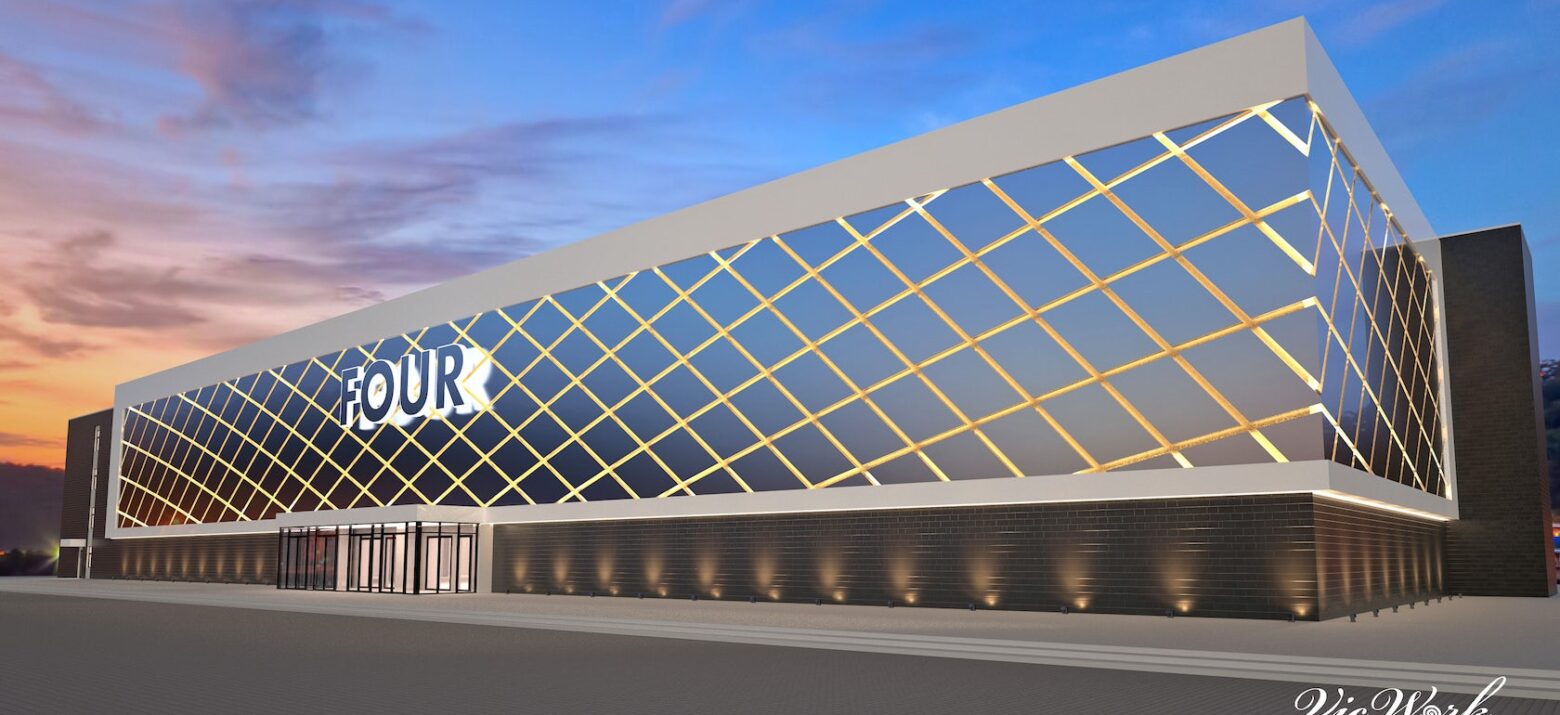
A facade is an exterior covering that protects the structure inside. This covering can be in the form of a house or even a building on a street. Facades are important for historical buildings as they can help protect the structure from the weather. Historic commissions often have rules about what can be on the facade of a home to keep it historically correct. This can include limiting the number of windows, not putting on a satellite dish antenna and not painting the house a color that isn’t historically accurate.
What Does Facade Mean?
In software, a facade can be used to hide a complex subsystem. The goal is to provide a simpler interface for that subsystem than what would be possible by working directly with the subsystem. This is often done by encapsulating the subsystem within a facade class that handles all of its interaction with the rest of the here’s a great place to get started. This can be useful if the subsystem has thousands of features but only a small number are needed by the clients.
For example, a complex graphing library may have thousands of ways to display data. If your application only needs to show a few different kinds of bar charts, it’s not worth the time and effort to learn all of the library’s functionality. Instead, you can create a Facade class that wraps the library and provides a simple interface for calling it.
The Facade pattern is similar to the Adapter and Mediator patterns in that it tries to decouple classes that collaborate with each other by hiding their implementation details from client code. However, it differs from Adapter and Mediator in that it works with an entire subsystem of objects, whereas they work with individual objects.